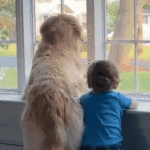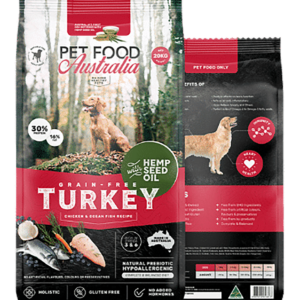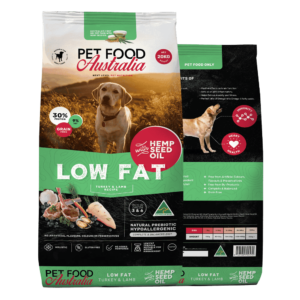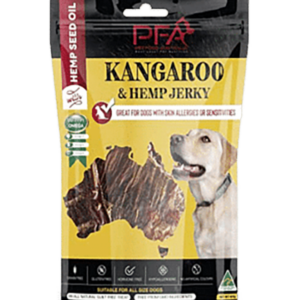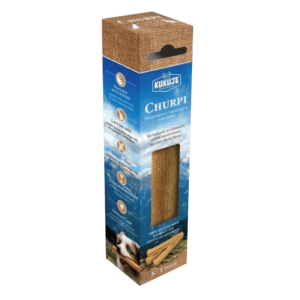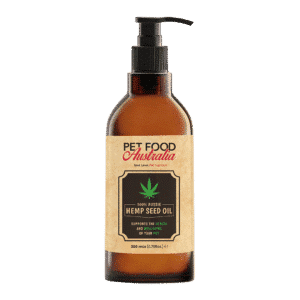No products in the cart.
BLEEDING PAWS | WHY ARE MY DOGS’ PAWS BLEEDING?
If your poorly pooch is suffering from bleeding paws, firstly, don’t overreact. Bleeding paws are extremely common in dogs and could be caused by anything from a simple cut to something more serious that would require medical attention.
WHY ARE MY DOGS PAWS BLEEDING?

Dog paw pads are often the culprit of bleeding. Even though paw pads are thick and can protect feet from extreme weather, including hot pavement and snow, they’re not indestructible. Your dog’s paws can get cracked, injured, and cause bleeding. So if you notice your dog is bleeding from their paw, check the paw pads for:
LACERATIONS
A laceration occurs when there is a deep cut or gash in the paw pad. Lacerations are caused by things like glass, metal, or other sharp objects. Make sure you inspect the severity of the laceration and determine whether it’s a shallow cut that can be treated at home or if a trip to the vet is in order.
ABRASIONS
An abrasion is a shallow wound caused by friction. Abrasions can occur from running on pavement, hot concrete, sand, rocks, or any other rough surfaces. Inspect the abrasion to see if any debris is embedded in the wound. If so, gently remove any foreign objects and clean the area with a mild soap and water solution. Apply pressure to stop bleeding and then wrap loosely with a sterile gauze pad.
TORN NAILS
A torn or broken nail is a common injury that can occur from anything, such as getting caught on something or over-extending the nail.
PUNCTURE WOUNDS
A puncture wound is caused by a sharp object, such as a nail or piece of glass, piercing the skin. Puncture wounds can be deep and dangerous.
DRY SKIN
Dry skin doesn’t only occur on the body but can also appear on paws and cause bleeding.
INFECTIONS
An infection can cause bleeding and often results from an underlying condition, such as allergies or autoimmune disease. If you notice your dog is bleeding and has any of the following symptoms, they may have an infection:
– Swelling
– Redness
– Warmth to the touch
– Pus or discharge
– Bad odor
– Appetite loss
– Fever
– Lethargy
HOW TO TREAT BLEEDING PAWS
If the bleeding is minimal and you’re confident you can treat it at home, here are a few tips:
– Clean the area with a mild soap and water solution.
– Apply pressure to the bleeding area with a clean cloth.
– Wrap the area loosely with a sterile gauze pad or bandage.
– Keep your dog from licking the wound by putting a cone around its neck.
– Check the wound daily and re-bandage as needed.
– Monitor your dog for any signs of infection, such as swelling, redness, or pus.
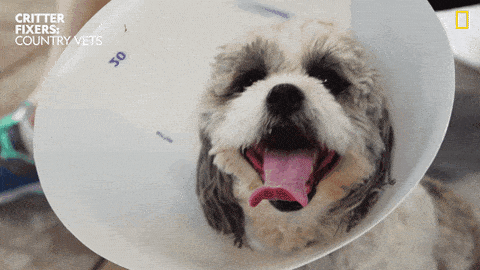
WHEN TO SEE THE VET
When in doubt, always err on the side of caution and take your dog to the vet. So, if you notice any of the following, make an appointment with your vet right away:
– Bleeding that won’t stop after 10 minutes
– Deep lacerations
– Objects lodged deeply in the paw
– Or if the wound is worsening.

HOW LONG DO PAW PADS TAKE TO HEAL?
Paw pads are tough and usually heal quickly, but it depends on the severity of the injury. Abrasions and superficial cuts often heal within a few days, while deep lacerations or puncture wounds may take a week or longer. If your dog has an infection, it will likely take longer for the paw to heal fully.
PREVENT BLEEDING PAWS
The best way to prevent bleeding paws is to be proactive and take some simple steps to protect your dog’s feet. Here are a few tips:
– Keep your dog’s nails trimmed.
– Check your dog’s paw pads regularly for any cuts, cracks, or abrasions.
– Avoid hot pavement or asphalt during the
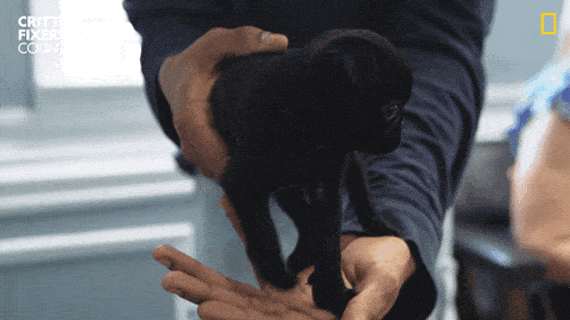
Bleeding paws are often nothing to worry about. However, if your poorly pup is suffering from bleeding paws, make sure to check the paw pads for any cuts, abrasions, or puncture wounds. If the bleeding is minimal, you can try to treat it at home by cleaning the area and applying pressure. However, if the bleeding is severe or doesn’t seem to stop, it’s always best to seek professional help from a vet. With bleeding paws, it’s better to be safe than sorry! So, if you’re ever in doubt, immediately make an appointment with your vet.
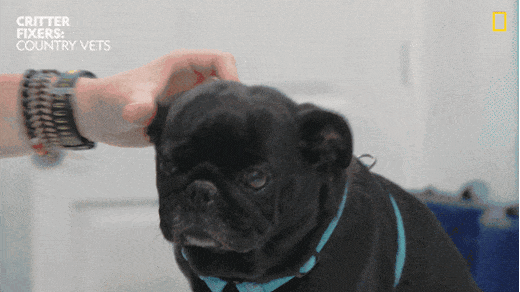
As always please do not hesitate to contact us here or follow along on Facebook, Instagram & Youtube for more tips, tricks, and an all round howl-arious time.

